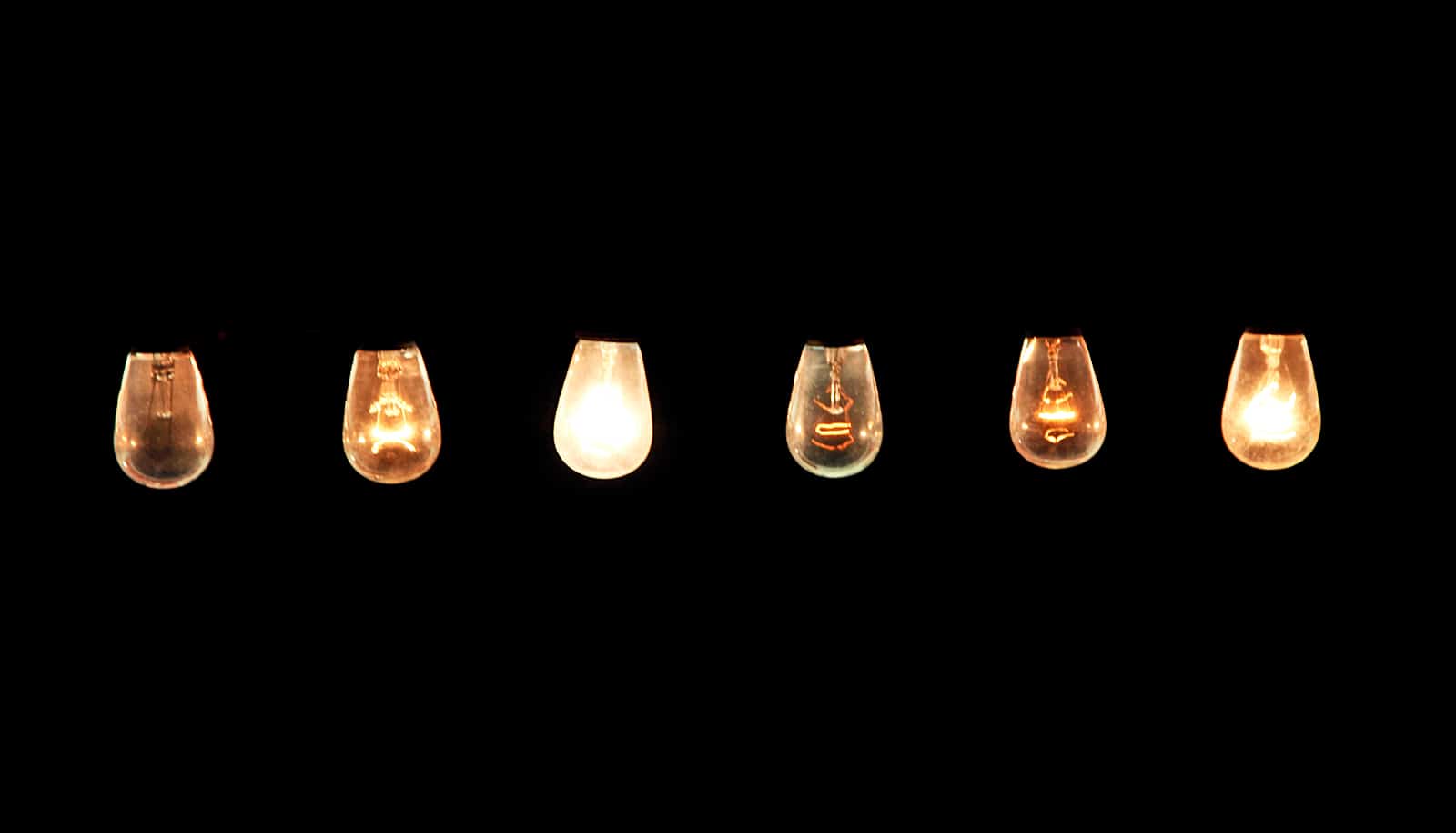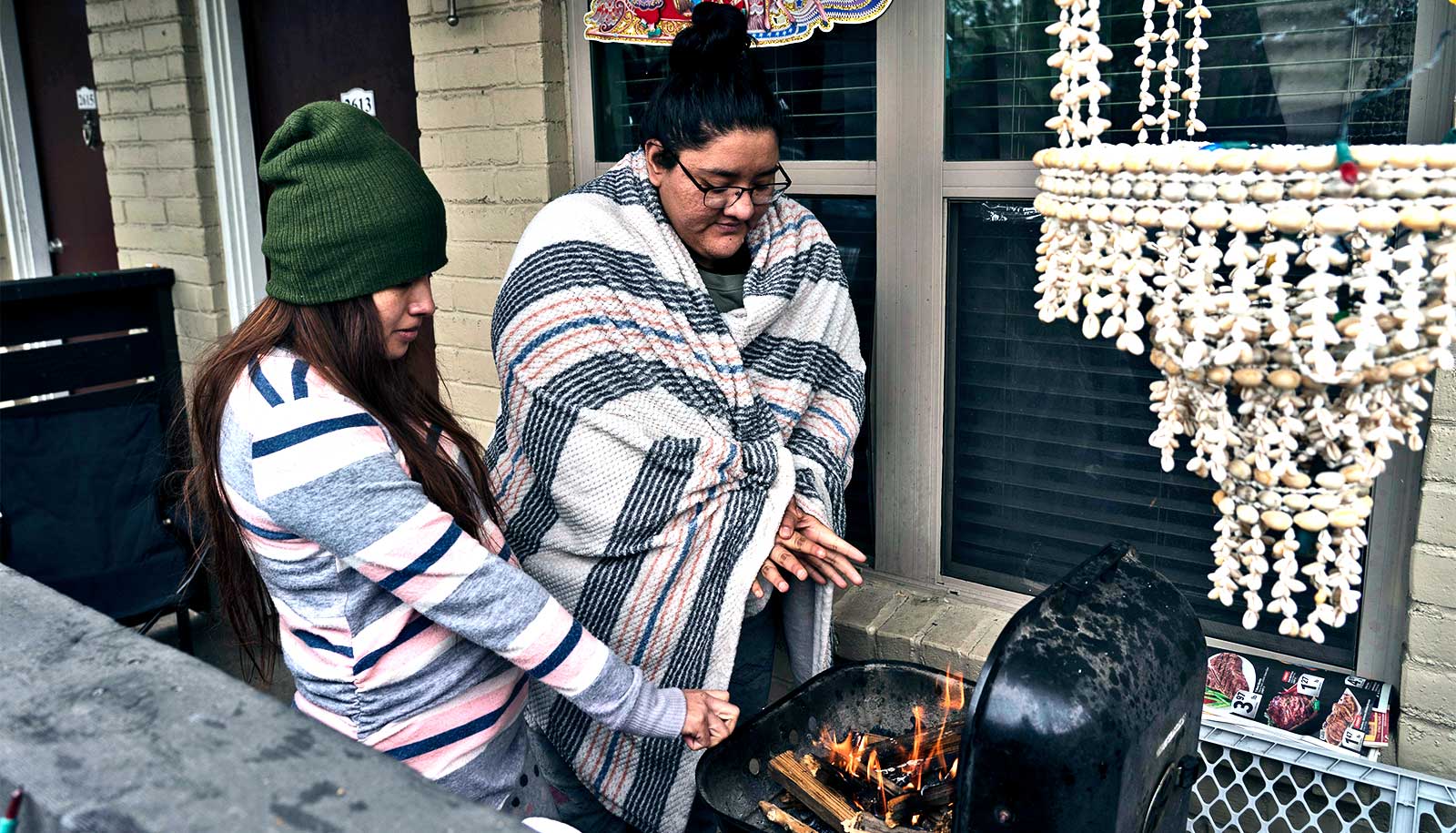Prolonged power outages, often caused by weather events, hit some parts of the US harder than others, according to new research.
Joan Casey, an assistant professor in the University of Washington’s department of environmental and occupational health sciences, lived through frequent wildfire-season power outages when she lived in northern California. While waiting for the power to return, she wondered how the multi-day blackouts affected a community’s health.
“For me it was an inconvenience, but for some people it could be life-threatening,” she says. “If you had an uncle that had an electric heart pump, basically, his heart wouldn’t work without power. You could use a backup battery for eight hours, but after that, if you don’t have access to electricity, you have to go to the emergency room. This is a really dangerous situation.”
Years later, Casey has answers. A new study analyzed three years of power outages across the US, finding that Americans already bearing the brunt of climate change and health inequities are clustered in four regions—Louisiana, Arkansas, central Alabama, and northern Michigan—and that they are most at risk of impact by a lengthy blackout.
The findings could help shape the future of local energy infrastructure, especially as climate change intensifies and the American power grid continues to age. Last year’s Inflation Reduction Act included billions of dollars to revamp energy systems, and Casey hopes federal agencies will consult the newly published findings to target energy upgrades.
The study is the first county-level analysis of power outages, which the federal government reports only at the state level. That poses a problem for researchers: a federally reported outage in Washington state could occur in Seattle, Spokane, or somewhere in between, making it difficult to understand specifically which population is affected.
Casey and her team found that between 2018 and 2020, more than 231,000 power outages lasting more than an hour occurred nationwide. Of those, 17,484 stretched at least eight hours—a duration widely viewed as medically relevant.
Most counties that experienced an electrical outage had at least one event lasting more than eight hours. These counties were most concentrated in the South, Northeast, and Appalachia.
Next, researchers looked at how power outages overlapped with severe weather. They wanted to know which weather events are most likely to cause an outage, and which parts of the US are most often hit with a blackout-causing storm.
They found that heavy precipitation in a given area makes a power outage five times more likely. Tropical cyclones, storms with high winds that originate over tropical oceans, make a power outage 14 times more likely. And a tropical cyclone with heavy precipitation on a hot day—like the hurricanes that each fall hit the Gulf Coast? They make power outages 52 times more likely.
“We look at weather reports and decide whether or not to bring an umbrella or stay home,” Casey says. “But thinking about being prepared for an outage when one of these events is rolling through is a new element to consider.”
Then came questions of equity. Incorporating a combination of socioeconomic and medical factors, Casey’s team identified communities that would likely be especially vulnerable during a long power outage. Using that data, the researchers identified communities that experienced both high social vulnerability and frequent power outages.
A map of those counties shows a bright cluster in Louisiana and Arkansas, with more clusters in central Alabama and northern Michigan. In those places especially, the country’s inevitable change in energy infrastructure provides the greatest opportunity to improve public health.
“Any time we can identify another factor that we can intervene on to get closer to health equity, it’s exciting,” Casey says. “I think we’re going to see tremendous change, especially in the way our energy systems are set up, in the next couple decades. It’s this huge opportunity to get equity into every conversation and talk about what we’re going to do to make two decades from now look different from where we are.”
Last year’s Inflation Reduction Act included billions of dollars to revamp energy systems. Casey hopes federal agencies will consult the newly published findings to target energy upgrades.
This study, published in Nature Communications, began while Casey was a professor in Columbia University’s Mailman School of Public Health. Additional coauthors are from Stanford and Columbia.
Source: Alden Woods for University of Washington


